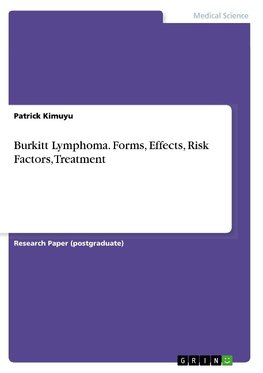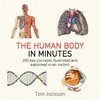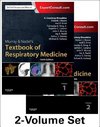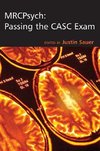
-
 Anglický jazyk
Anglický jazyk
Burkitt Lymphoma. Forms, Effects, Risk Factors, Treatment
Autor: Patrick Kimuyu
Research Paper (postgraduate) from the year 2017 in the subject Medicine - Public Health, grade: 1, Egerton University, language: English, abstract: This research paper will provide an overview on Burkitt lymphoma disease and its pathophysiology.
Burkitt...
Viac o knihe
Na objednávku
14.76 €
bežná cena: 16.40 €
O knihe
Research Paper (postgraduate) from the year 2017 in the subject Medicine - Public Health, grade: 1, Egerton University, language: English, abstract: This research paper will provide an overview on Burkitt lymphoma disease and its pathophysiology.
Burkitt lymphoma has become one of the most prevalent cancers in the past two decades in which the number of people with the disease has increased, especially in Africa. Research indicates that burkitt lymphoma has emerged to be the fastest growing tumor among humans.
Burkitt lymphoma was identified in 1956 by Denis Burkitt, and it is one of the principal forms on non-Hodgkin's lymphoma, which affect immune cells. Epidemiological reports indicate that, Burkitt lymphoma is more prevalent in malaria endemic regions than other regions although it greatest impact is experienced in Africa where it affects children who are also experiencing episodes of malaria and Epstein-Barr viral infection. Epstein-Barr virus is believed to be the principal cause of infectious mononucleosis, which leads to the transformation of B-cells into tumor cells, especially following malaria episode which weakens the immune system. This is probably the reason as to why 98% of Burkitt lymphoma cases in Africa are linked to Epstein-Barr infection. Elsewhere in the U.S, the incidence of Burkitt lymphoma accounts for about 1,200 people annually in which 59% of all the patients diagnosed with the disease being adults above the age of 40 years.
In Burkitt lymphoma, lymphocytes, primarily the B-cells of the immune system which are involved in cell-mediated immune response during pathogenic infections are affected. In most cases, the prevalence of the disease is enhanced by infections which weaken the immune system. For instance, malaria, Epstein-Barr viral infection and HIV are some of the diseases associated with a decrease of the immune system response. In addition, therapies which are immune-suppressive, especially those involved in organ transplantation to prevent transplant rejection and highly-active antiretroviral therapy (HAART) used for HIV/AIDS treatment facilitate the formation of cancerous B-cells. However, the physiology and anatomy of Burkitt lymphoma encompasses diverse aspects compared to other forms cancer.
- Vydavateľstvo: GRIN Verlag
- Rok vydania: 2017
- Formát: Paperback
- Rozmer: 210 x 148 mm
- Jazyk: Anglický jazyk
- ISBN: 9783668575899












